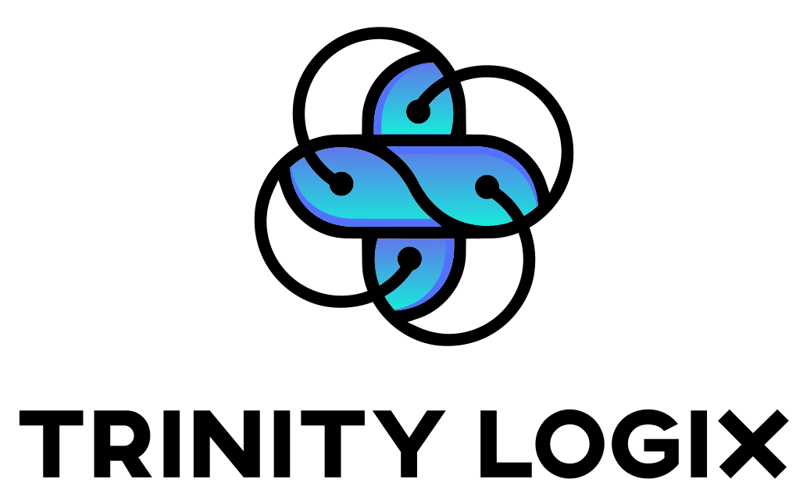Many mainstream vehicles fall under the Level 2 category, which means that certain features like steering, speed and braking are semi-automated, but the driver still must remain fully attentive in the event they need to take control.
https://www.engadget.com/tesla-wins-lawsuit-over-autopilot-model-s-crash-185405972.html?src=rss
Cars can do amazing things these days. Voice recognition, lane assist, using your phone to start your car or check the fuel level, adaptive cruise control, and even night vision. The list is endless. And then there is the Autopilot feature. No, we are not talking about airplanes here. Certain makes and models of vehicles have begun utilizing the Autopilot feature, although different makers market it under different terminology (Tesla uses the term “Autopilot and Full-Self Driving;” GMC uses the term “Super Cruise;” BMW uses the term “Driving Assistant Pro”). The automobile industry has levels to classify autopilot automation: Level 0, which is no automation, to Level 5, which means all primary driving functions are automated under all conditions. Many mainstream vehicles fall under the Level 2 category, which means that certain features like steering, speed and braking are semi-automated, but the driver still must remain fully attentive in the event. The vehicle manufacturer discloses this information to new buyers.
Autopilot is intended to be used mostly while driving on the highway. However, people still use this feature on city streets. And as indicated in the case below, drivers do not heed the Autopilot warnings issued by the automobile company.
In a Complaint filed in 2020 by Justine Hsu of Los Angeles, California, she alleged that in 2019, her 2016 Model S Tesla was driving somewhere between 25-30 miles per hour down a street. The vehicle was in the far-left lane and came upon a median. What happened next should have been avoidable, but Hsu relied on her vehicle to correct the turn. Instead, the vehicle went into the turn and when the airbag deployed, it caused injuries so bad that some of her teeth were knocked out and she sustained nerve damage to her face.
She sued, alleging over three million dollars ($3 million) in damages. However, during the trial of the matter, the jury found in favor of Tesla, stating that the airbag deployed safely, and that Tesla did not withhold information regarding its Autopilot features. In interviews after the trial was over, several jurors indicated that Ms. Hsu was distracted while the feature was engaged. Ms. Hsu received no award.
While this might not be the end of additional legal battles for Tesla and its Autopilot system, what is important to note that owners cannot rely solely on the Autopilot system to navigate the vehicle, no matter if they own a Tesla, GMC, BMW, etc. They still need to remain aware of what the vehicle is doing.

